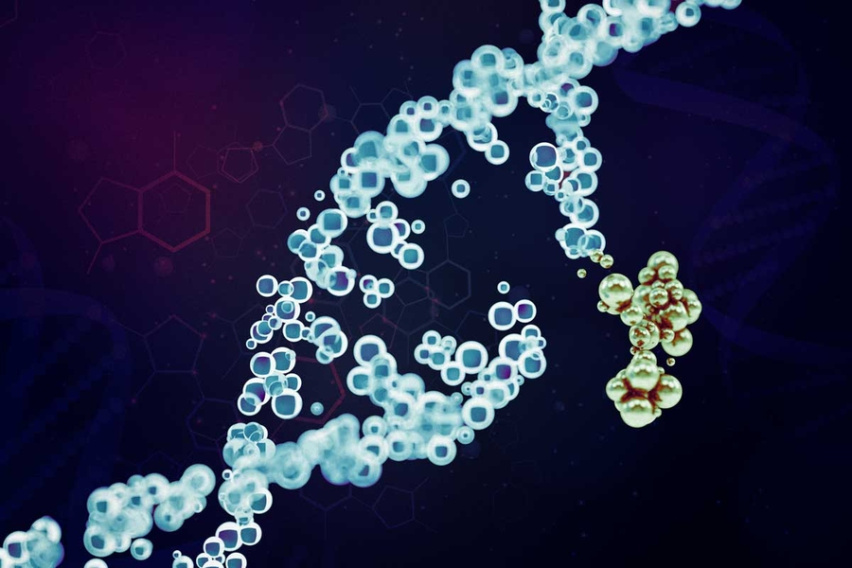MIT News
March 9, 2019
Measuring the toxic effects that chemical compounds have on cells is critical for developing cancer drugs and in fields like environmental regulation. The current gold-standard cell toxicity test, the colony formation assay, is time-consuming and labor intensive, while quicker tests sacrifice accuracy and sensitivity. The MicroColonyChip retains the sensitivity of the colony formation assay, but is fast and fully automated, delivering data in days rather than weeks. The chip was recently developed by the Engelward laboratory, in part using code developed by KI faculty member Sangeeta Bhatia and former KI postdoc and Mazumdar-Shaw International Oncology Fellow David K. Wood. The technology, described in Cell Reports, could help researchers identify and evaluate new drugs faster, advance personalized medicine applications, and support regulatory use. Leona Samson, KI faculty member emerita, also contributed to the work.
